Vital Thrills recently attended the early press day for Pixar’s Luca, and we got a chance to talk to Academy Award-nominated director Enrico Casarosa (La Luna) and producer Andrea Warren (Lava, Cars 3).
We’ve also got the brand-new trailer and poster for you, so don’t miss those below the interview! Pixar’s Luca will hit the Disney+ streaming service without Premier Access on June 18, 2021.
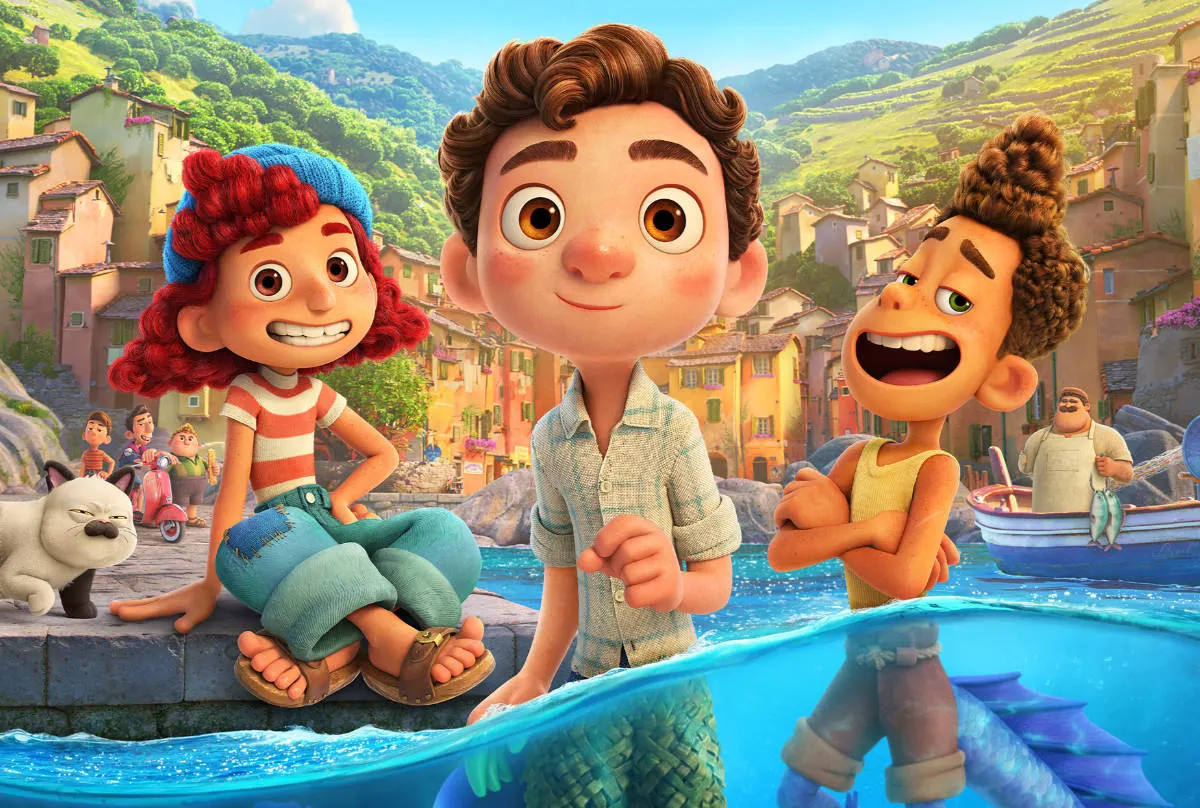
Set in a beautiful seaside town on the Italian Riviera, Pixar’s Luca is a coming-of-age story about one young boy experiencing an unforgettable summer filled with gelato, pasta, and endless scooter rides.
Luca shares these adventures with his newfound best friend, but all the fun is threatened by a deeply-held secret: he is a sea monster from another world just below the water’s surface.
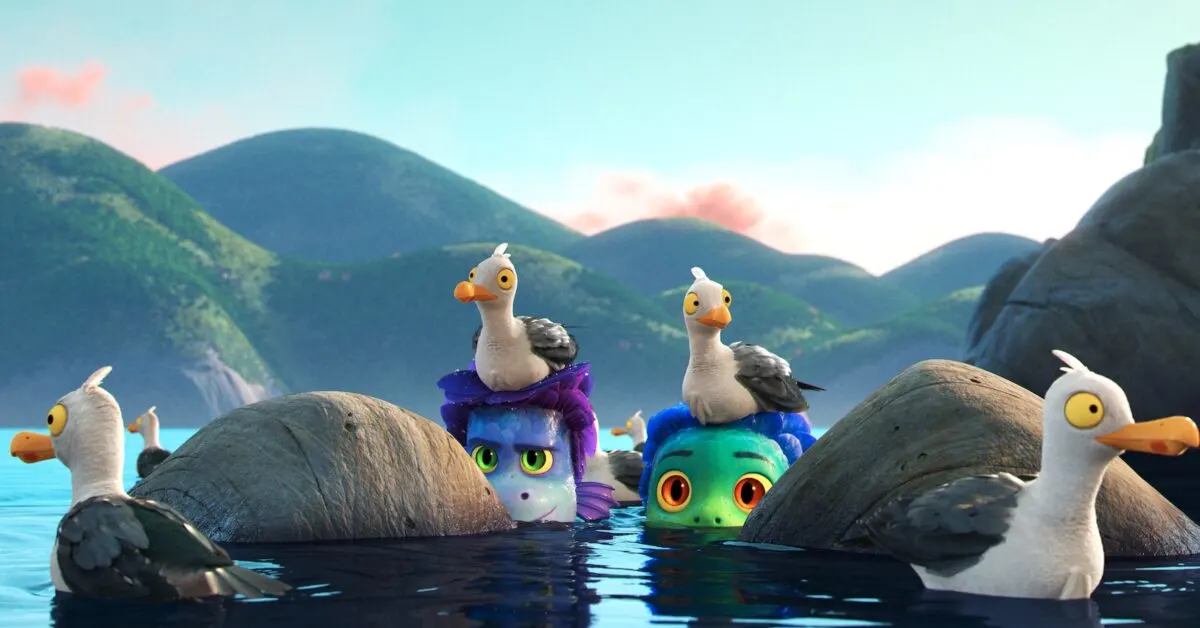
Attending the press conference was director Enrico Casarosa and producer Andrea Warren, who gave us a look at what we’re going to see in the film. Pixar’s Luca was inspired, according to Casarosa, by the work of Hayao Miyazaki. The footage we saw has the feel of a 1950s/1960s small Italian village and tells the story of Luca (Jacob Tremblay), a young boy who is also a sea creature.
Luca’s parents just don’t get why he keeps visiting the surface world and his new friend Alberto (Jack Dylan Grazer), and threaten to send him to visit relatives in the deep sea. The thing is, Luca adores Alberto and the freedom and knowledge his fellow sea creature has about the surface.
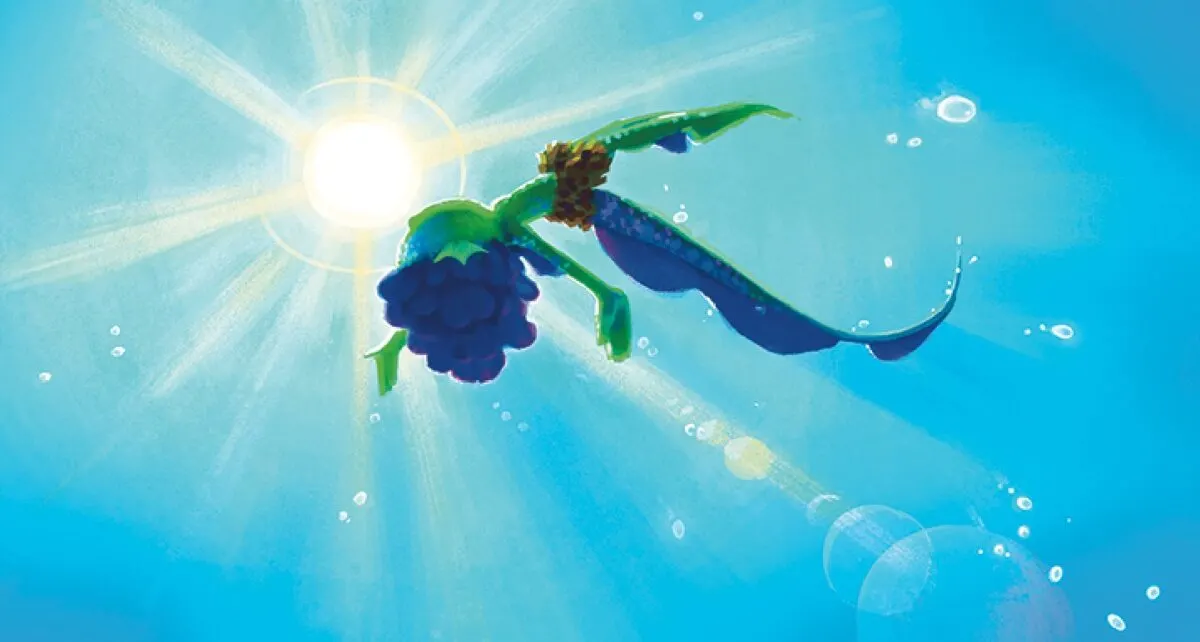
The boys bond in a way that only children on an adventure can, and along the way, they pick up a human friend named Giulia (Emma Berman). Their goal is to enter a vespa race, though they don’t know enough about the world above the sea to do so without her help.
Casarosa talked about the setting of Pixar’s Luca, which included posters for the films La Strada and Roman Holiday. “I was after, first of all, a period that I love. So, part of it is just my love of that golden era of film and cinema in Italy. I love the music in all these coming-of-age stories of summer; music is a huge, huge part of a movie. So, I just love the music of the ’50s and ’60s in Italy, so we’re using a lot of that. And then the design, the old Vespas, the old, little carts-bicycle, I just love the sense that this has an old feel.
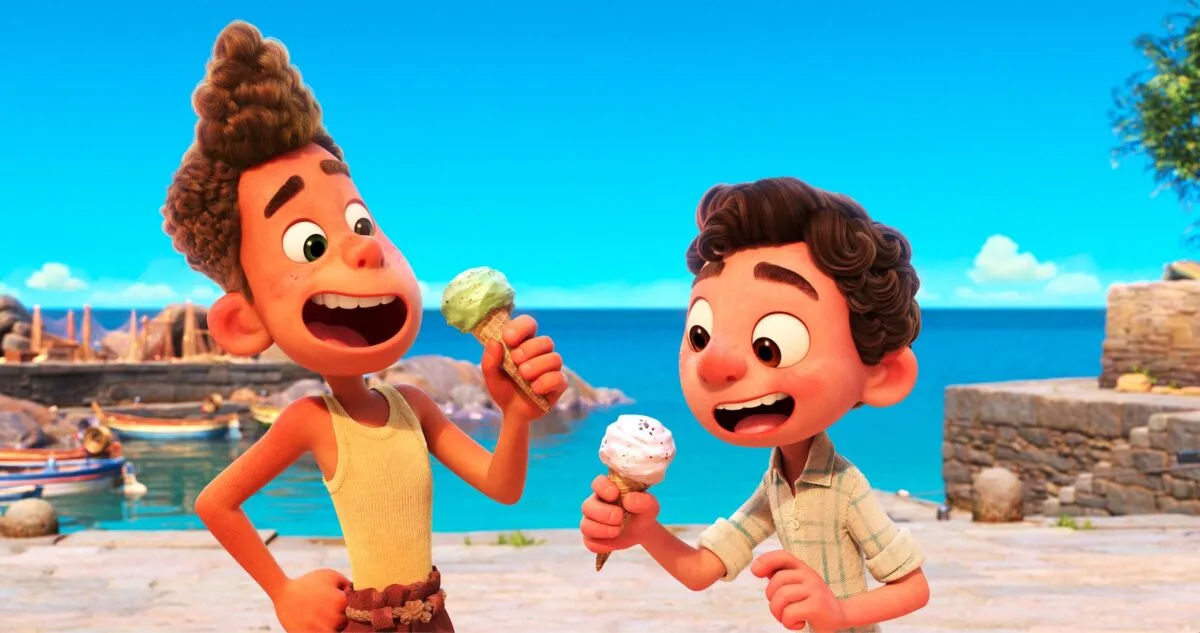
“So, we really were inspired by so many of these little details. I feel, like, to me, what makes it interesting – if we put a cell phone there, how is it different? I just think that there’s a little bit of a timelessness and a nostalgia to it. Those were the things that we really chased as far as the period. And I’m making it feel a little less specific, but also specific, which is an idiosyncratic thing there.”
The entire film has the feel of 2D animation, and one of the things we learned was that they actually had to scale back the realistic look of things like the water, which didn’t fit the rest of the animation style. The same goes for the amount of windows on the houses and the splashes when the boys jump into the ocean.
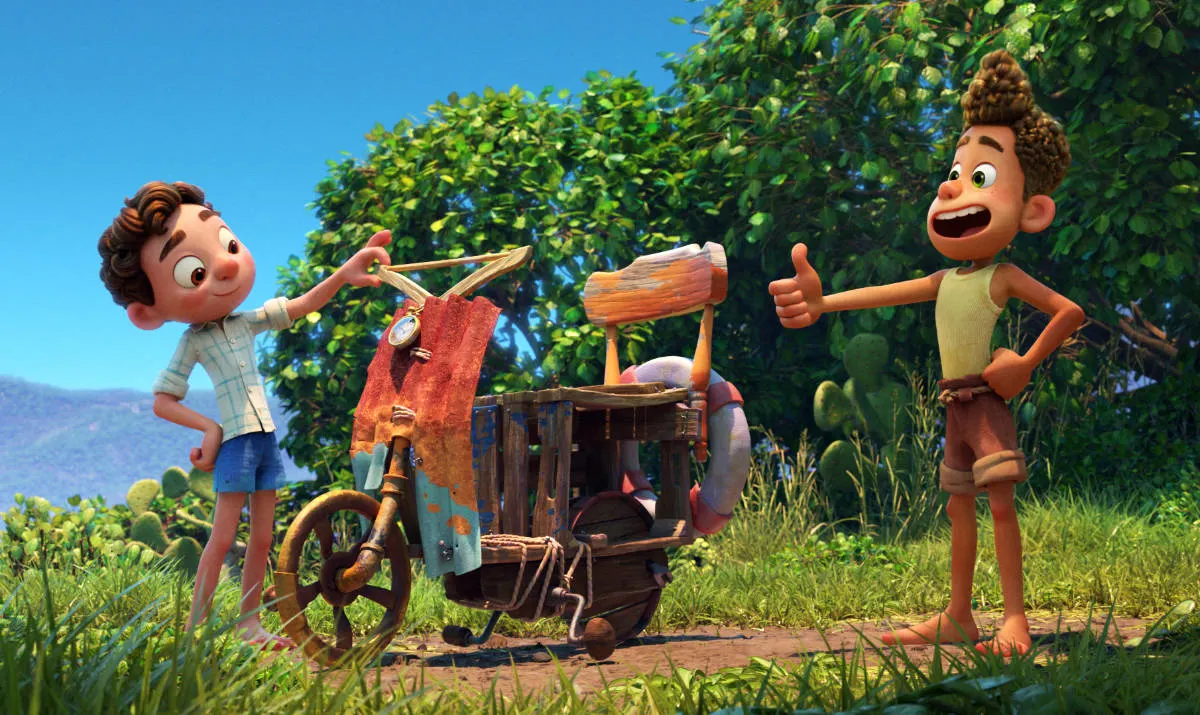
Casarosa spoke about the water, saying, “We really wanted to look for something that was more controllable and designable. So, that was an interesting challenge for us. So, the tools of the trade are getting better and better at capturing realism. We wanted to work on stylization, beautiful shades, and lyricism. So, that is the bit where we push the tools to do something that they don’t necessarily want to do.
“For me, it was a lot about just trying to make a beautiful shape and a little – when is less more? I find that sometimes, a lot gets thrown at us in detail, and I was really just trying to make it rich but also trying to make it designed and beautiful. So much of this movie is about a kid experiencing things for the first time, and I wanted a sense of the light and wonder to really be part of this movie, in all its details, because it’s really someone who’s in love with discovering the world.
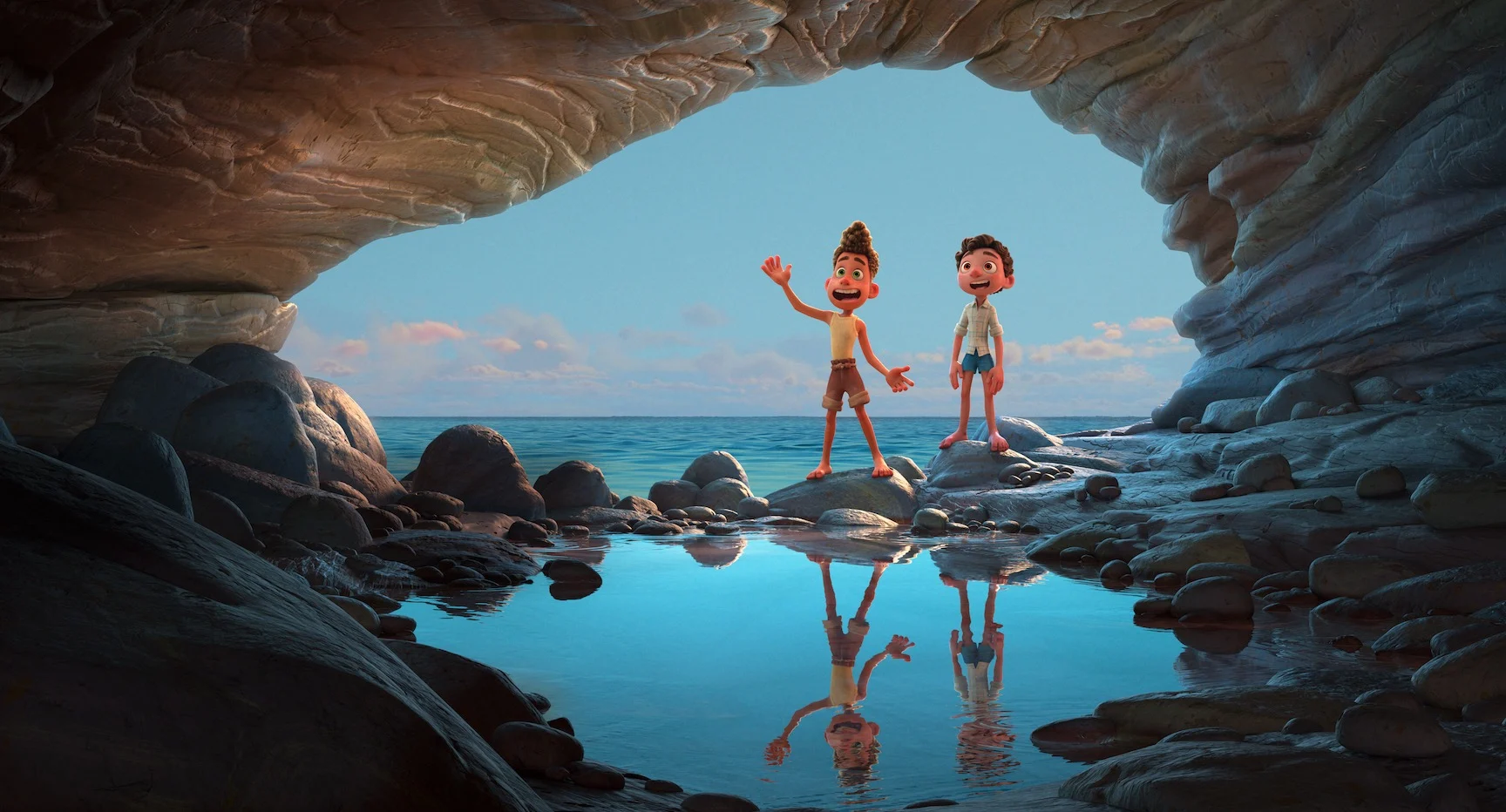
“We looked at the water. And the other side of it is emotion. We always think about emotion. And so, when I think about water and effects – ‘How does this support an emotional moment?’ So, we have wonderful, wonderful stuff that you haven’t seen yet, but in moments of the movie where the emotion comes out, where the water supports it. Where the waves support it. Where the weather supports it. We have more control, and we were able to really try something a little bit different that looks a little different. To feel the most emotion and have it a little less realistic and more stylized. And there’s a playfulness to it, a lyricism to it that I was after.”
One of the most charming moments that we saw in the preview clips was when Alberto explained his carefree philosophy to Luca. When fear pops into his head, the first thing he says is, “Silencio Bruno,” to try to get that inner voice to shut up.
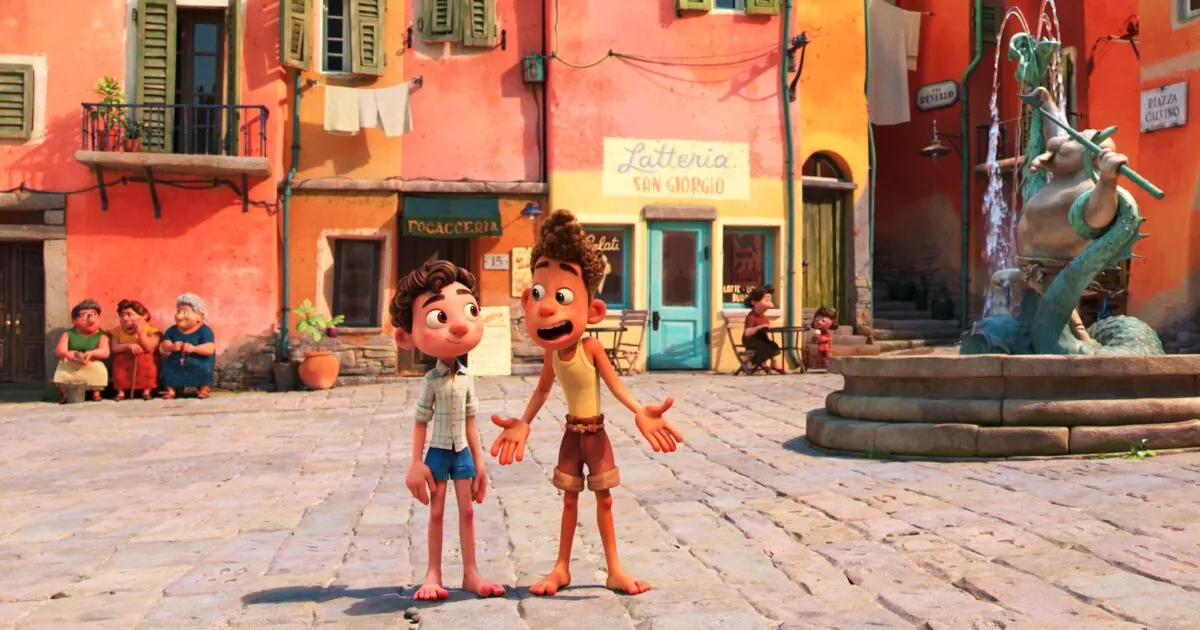
Casarosa explained, “Silencio Bruno is from our writer Jesse Andrews, our amazing writer. One of my favorite things is that the movie talks about the voice in your head. I have plenty of it, I don’t know if you guys have it, but – the insecurity, the voices that tell you, ‘No, you can’t.’ And we thought, ‘But what’s an Alberto way of describing it?’ We didn’t want this to be, you know, in any way, pop psychology,” he laughed. “This is a silly kid, but how can he give him a good suggestion? Right?
“It’s actually a good tip – don’t pay too much attention to those voices but in his own very silly, crazy Alberto way. And it came out of Jesse Andrews, who’s an amazing writer. You might know him from ‘Me and Earl and the Dying Girl.’ That’s the movie we love, that he wrote.”
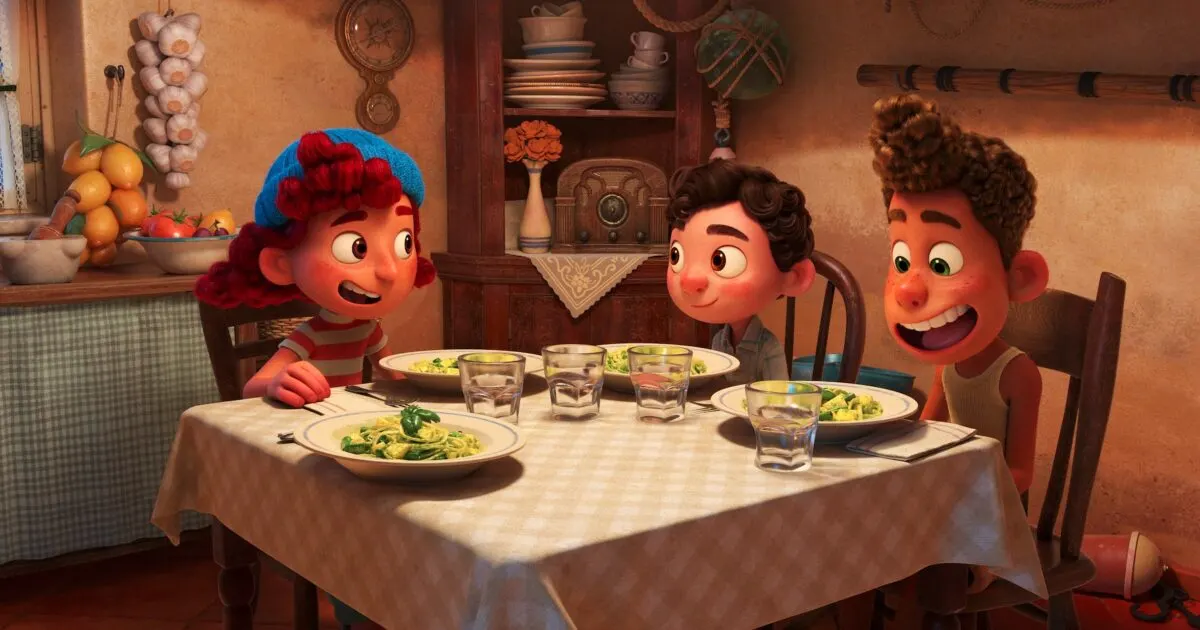
Warren added, “Yeah. I think we wanted a shorthand version. It’s a lot to say, ‘You know that voice inside your head, and if you listen to it, it’ll hold you back?’ It was such a fun way to capture that idea in a quick phrase. And to be honest, I really hope it’s something that kids, as they watch this movie, glom onto as a concept as they grow up. How great would it be for them to recognize that voice in their head and question it as they’re making decisions and deciding whether to take risks in their own lives as they’re growing up? So, we do hope it’s something that becomes meaningful to our audience.”
Warren and Casarosa were asked whether or not the film comments on some of the prejudice we’re seeing in our world right now (and through history) by showing how the villagers of this town are against sea creatures. Warren said, “Sure. I think that we liked the idea that the metaphor of being a sea monster can apply to so many different things. You haven’t seen the third act, and we don’t wanna give away any spoilers, but there is a theme of openness and showing oneself and self-acceptance as well as community acceptance.

“Confronting the idea that there’s more to sea monsters than they realize. You know that they’ve only seen it through one perspective, one lens, and so I think that that’s a wonderful theme in the film, which is that those ideas weren’t right and that there’s more to learn. So, I do find that a really useful and hopefully helpful metaphor for all the things that are going on.”
Casarosa added, “Yeah, I would agree. We hope that the sea monster could be a metaphor for all sorts of feeling different – like being a teen or pre-teen. That moment where you feel odd. There are all sorts of ways of feeling different. It felt like a wonderful way to talk about that and having to accept ourselves first, whatever way we feel different.”
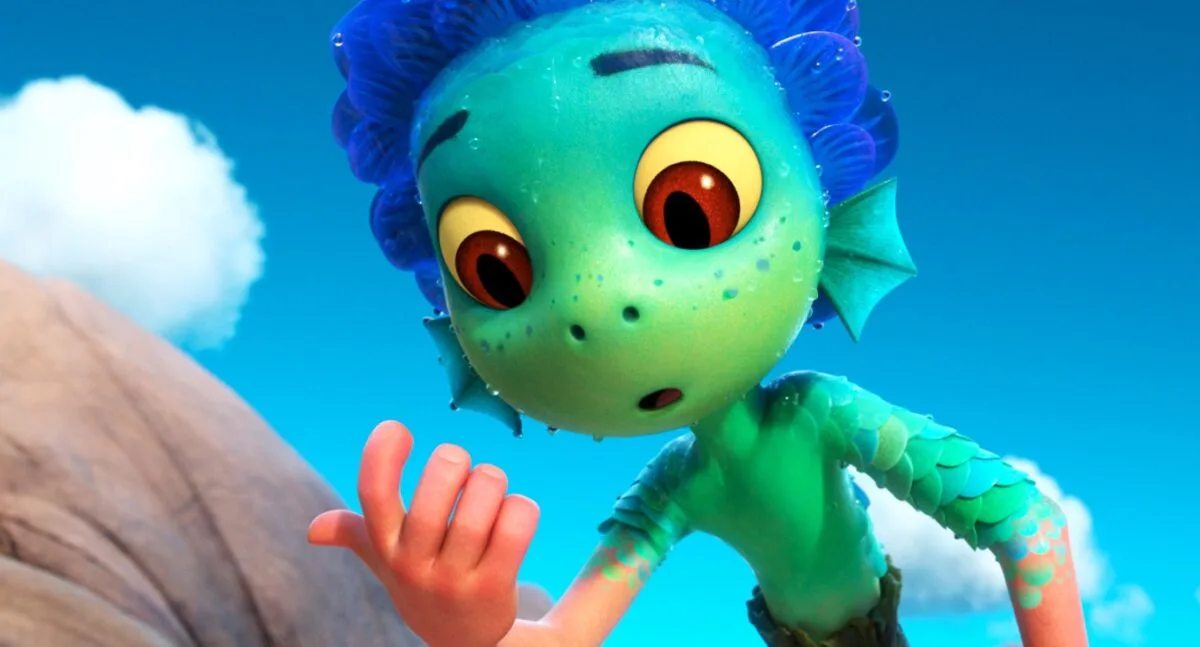
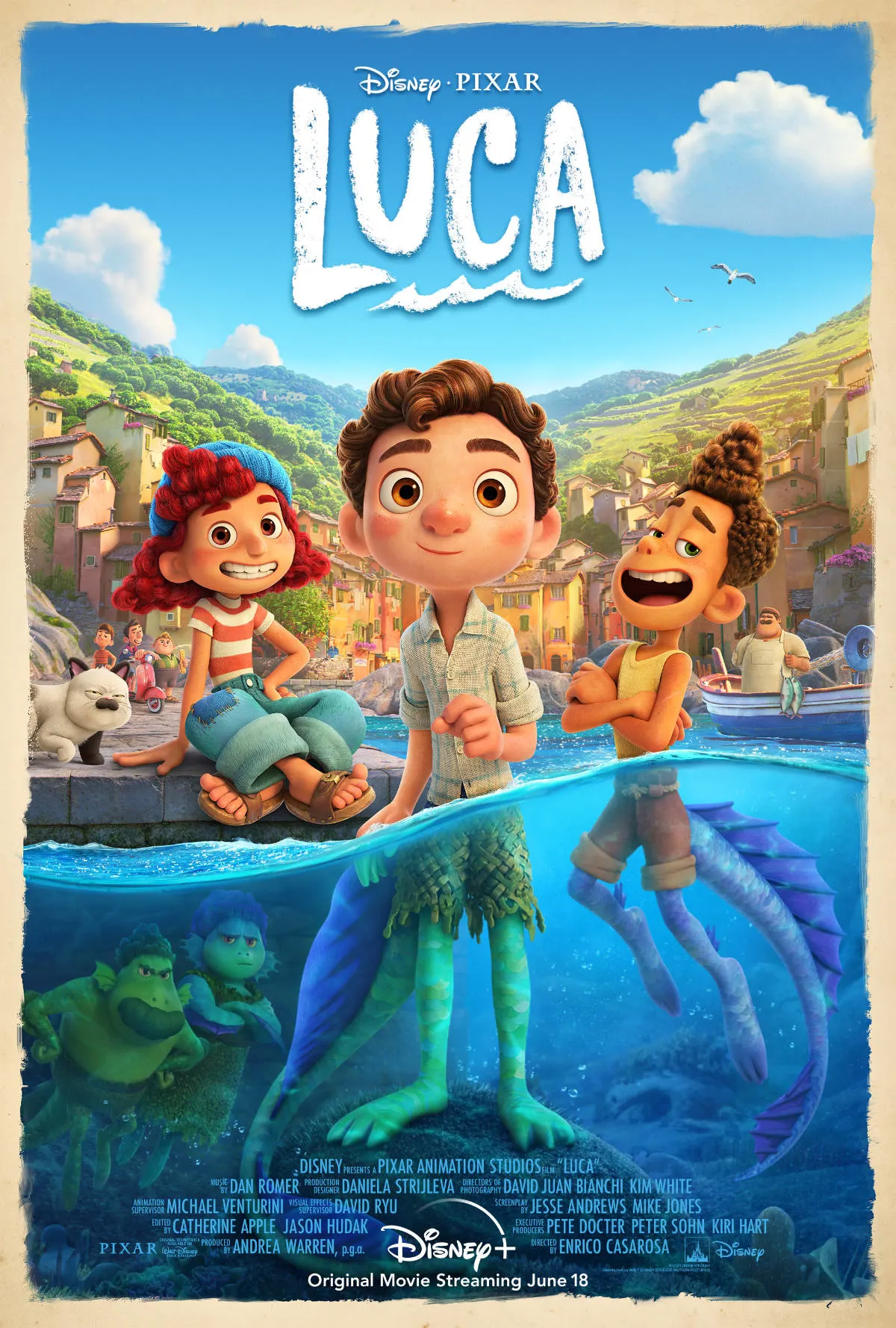
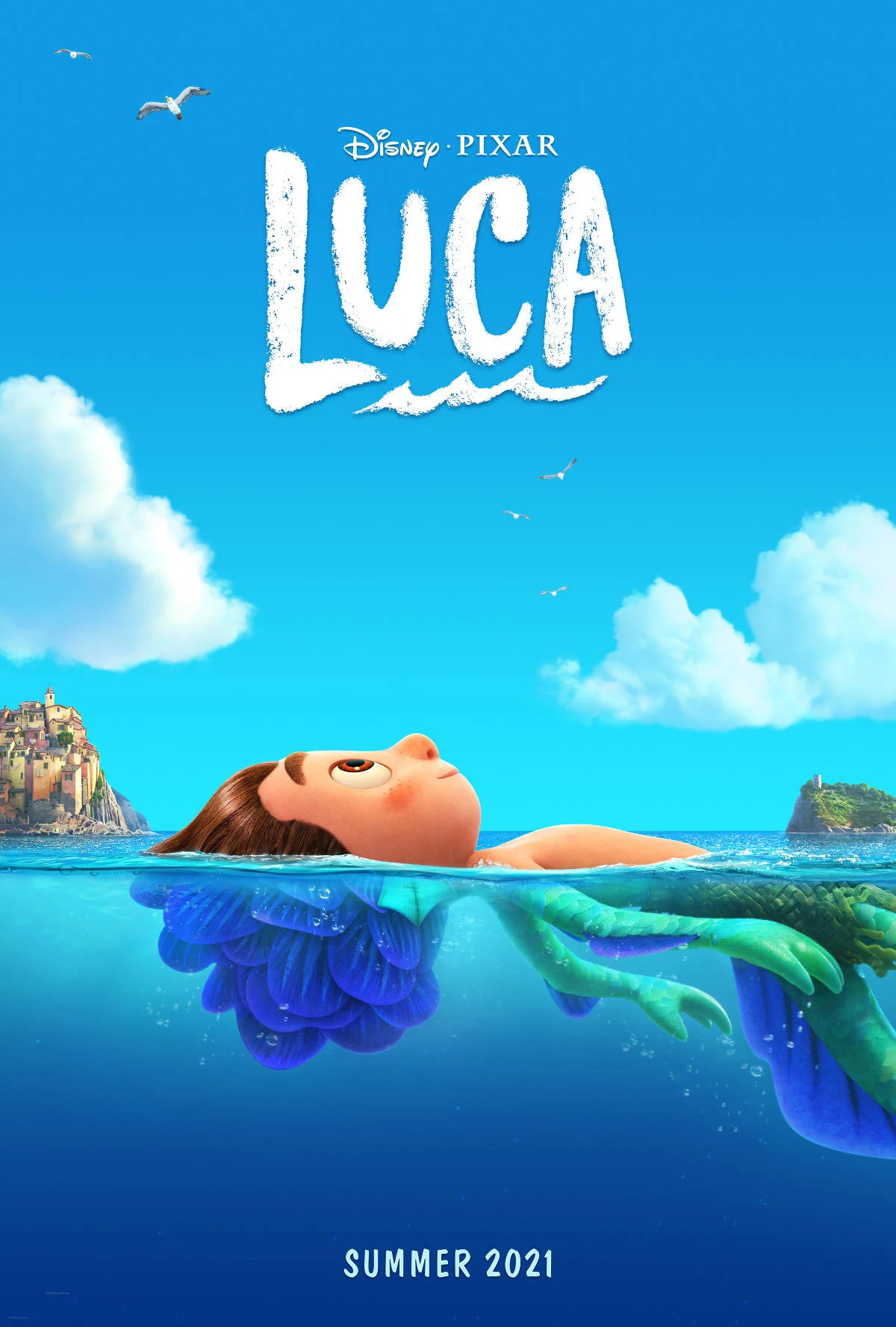

Jenna Busch has written and spoken about movies, TV, video games, and comics all over the Internet for over 15 years, co-hosted a series with Stan Lee, appeared on multiple episodes of “Tabletop,” written comic books, and is a contributing author for the 13 books in the “PsychGeeks” series including “Star Wars Psychology.” She founded the site Legion of Leia and hosted the “Legion” podcast.